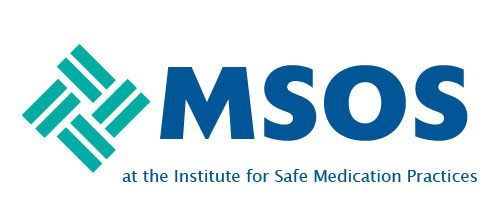We are looking for recommendations or best practices for dispensing of low dose enoxaparin for patients that will ultimately transfer to home based therapy.
Typically when faced with small dose volumes, we compound a dilution within the pharmacy to make measuring small doses more precise. With our enoxaparin patients, this has proven problematic as they discharge to home. Writing discharge prescriptions for a compounded enoxaparin dilution is problematic on multiple fronts and has lead to dosing errors in the past.
The practice we would like to improve is using low dose insulin syringes to dispense enoxaparin doses of 10 mg or less. These doses require volumes of 0.1 ml and less and are not able to accurately measured in a standard 1 ml BD syringe. Using the insulin syringes has allowed us to avoid making dilutions and allow us to teach the parents in house with a device that they can easily obtain on the outside. Parents are taught that 1 unit on the syringe is equal to 1 mg of enoxaparin for measuring purposes.
While this satisfies the need for accurate measurement of small volumes and allows us to transition patients home on readily available commercial products, it makes us uncomfortable that the syringes do not have volume measurements on them and we are using an insulin syringe outside its intended purpose.
Has anyone else faced this problem and have other suggestions for addressing? Does anyone know of a product that will accurately measure doses less than 0.1 ml aside from low dose insulin syringes? We really would like to avoid sending patients home with a prescription for compounded dilutions if possible.
Any and all feedback is welcome.
Thanks!
Kevin

